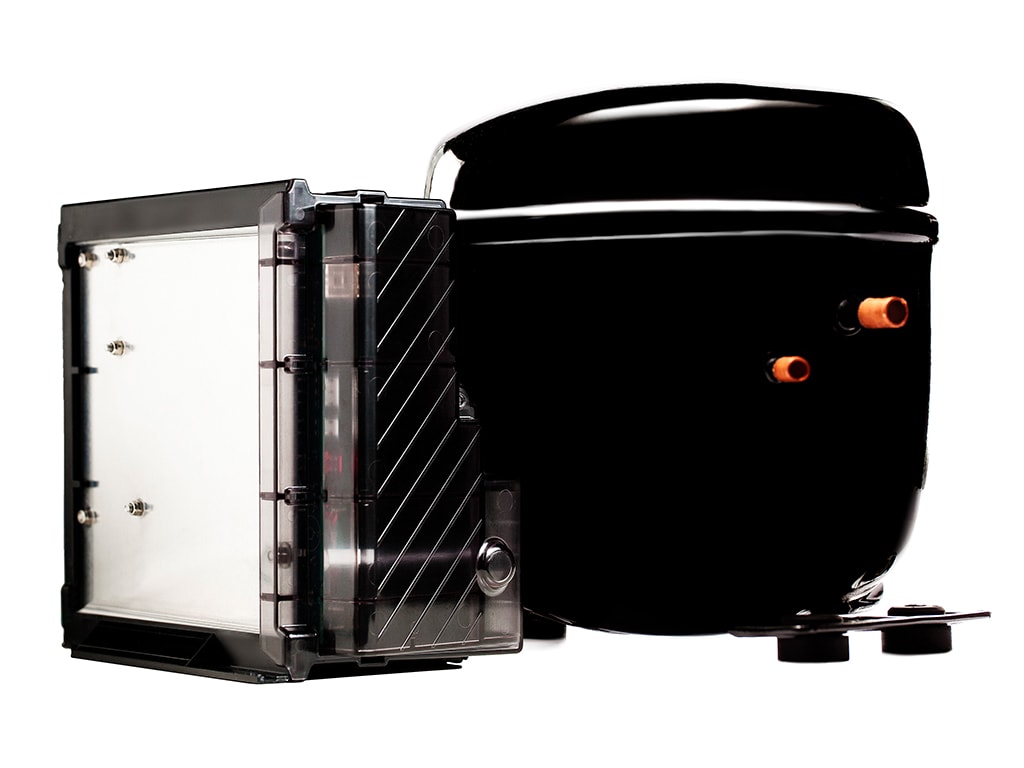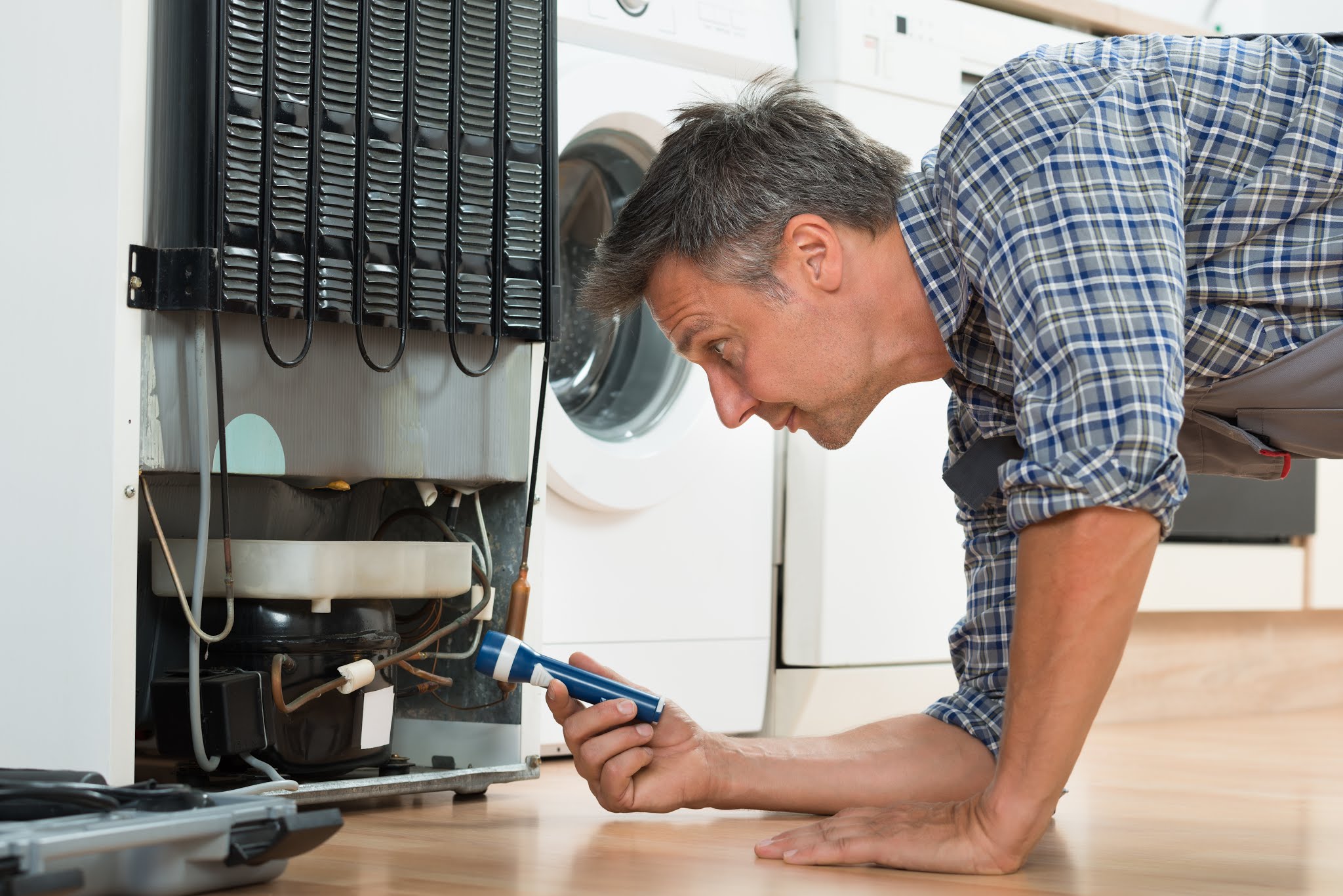[gravata]Learn how to choose the most appropriate replacement model.[/gravata]
In their work, contractors are often faced with the need to replace a compressor that is no longer available in the market.
In this situation, many wonder why some models are no longer manufactured.
The explanation is simple: the search for new solutions is ongoing at Embraco, always seeking to develop increasingly advanced compressors. This quest currently has, as central aspects, the increase in energy efficiency and the concern for sustainability.
Furthermore, they incorporate the best resources to offer the best performance in terms of quality, reliability, robustness and other characteristics associated with Embraco’s brand.
During this process some models stop being produced. Then the question arises: which model to use in place of the one that no longer exists?
To begin, it’s necessary to explain that Embraco has sought to make life easier for contractors, offering models that act as “wild cards”.
In the table on the next page, there are examples that clearly show this. You can check out the full version of the table for compressors using R134a in the site www.clubedarefrigeracao.com.br.
This table indicates the current models available in the aftermarket that can replace models that can still be in use.
Besides looking at the table and searching for options in Embraco’s site (www.embraco.com.br/catalog) and in the Application Guidance Booklet (available on the Club’s site), five aspects should be considered when choosing the best alternative:
- Evaporation temperature range;
- Refrigerants used;
- Capacity required by the system;
- Voltage and frequency of the power grid;
- Starting torque.
Along with these five aspects, some cases will require adjustments due to the difference between compressor housings.
1. EVAPORATION TEMPERATURE RANGE
It’s important that the compressor chosen for replacement has the same evaporation temperature range of the compressor that was installed in the refrigerator to ensure proper operation (for low – LBP, medium – MBP or high – HBP).
However, if it’s not possible to get this information from the compressor to be replaced, it’s possible to obtain it from the system. For example, household refrigerators and freezers are always in the LBP range; beverage displays, beer coolers and self-service counters are usually in the L/MBP range and so on.
You can view more information on this topic in the Technical Collection section of the magazine’s previous edition (number 120, December/2014), which can be found on the Club’s website.
It’s important to point out that if an inappropriate model is selected for the desired application, it’s most likely that problems will occur while operating.
2. FLUID REFRIGERANT
On replacing a compressor another fundamental aspect to be considered is the refrigerant type used in the system: R600a, R134a, R22, R404A, R290 or others. Ideally it’s important to maintain the original refrigerant fluid.
When there is a switch to a model that uses another refrigerant fluid (in older systems using R12, for example), it’s important to be attentive to cleaning the system with appropriate solvent (no alcohol), oil removal and vacuum before installing the new compressor. Also remember to collect the R12, which shouldn’t be released into the atmosphere.
3. CAPACITY REQUIRED BY THE SYSTEM
The cooling capacity of the compressor being replaced is another factor that must be observed and must be compatible with the thermal load required in the system.
It’s therefore important that the compressor to be installed has adequate capacity: maximum of up to 10% more or less than that specified. This information can be found on the Product Data Sheet or in the manufacturer’s catalog.
4. VOLTAGE / FREQUENCY
The model must be appropriate for the required voltage and frequency (115-127V / 60Hz or 220V / 60Hz).
It should be emphasized that in border regions – like between Brazil and Uruguay or Paraguay – more care needs to be taken, since Brazil has adopted a frequency of 60 Hz and some neighboring countries use 50 Hz.
5. STARTING TORQUE
It’s also essential to check the compressor type, in relation to the starting torque: LST (low starting torque) or HST (high starting torque).
If the starting torque information isn’t available, it’s necessary to note the cooling system: capillary tube requires LST or HST compressors, while systems with expansion valve require the use of HST models.
This table refers to models sold in LASA. For other regions it’s necessary to contact your local technical support.




